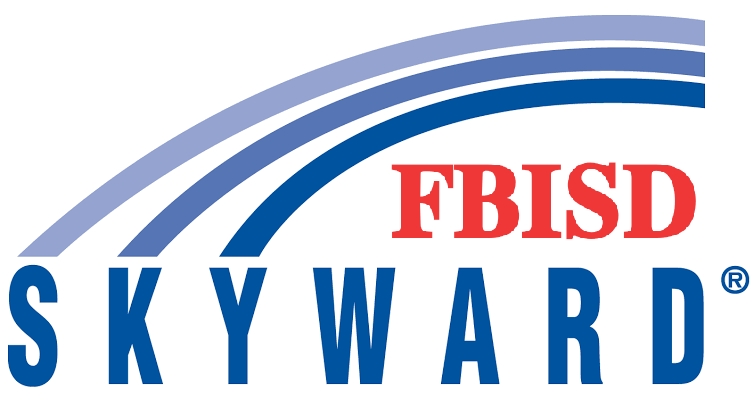If you’re an engineer seeking to migrate to Australia and pursue a career there, then you need to submit a Competency Demonstration Report (CDR) to the Engineers Australia (EA) for assessment. But what exactly is a CDR, and what documents do you need to include in it? Read on to find out.
Introduction:
The CDR is a crucial document that engineers must submit to EA if they want to obtain a Skilled Migration visa. The CDR helps the EA assess the applicant’s engineering skills and knowledge, and whether they meet the standards set by the Australian government. Therefore, it is important to prepare a well-written and comprehensive CDR that accurately reflects the applicant’s skills and knowledge.
To write a good CDR, it is essential to understand the requirements set by EA and the documents needed for the CDR writing service. In this article, we will explore in detail the documents required for the CDR writing service.
What is a Competency Demonstration Report (CDR)?
Before we delve into the documents required for the CDR writing service, let’s first understand what a CDR is.
A Competency Demonstration Report (CDR) is a document that engineers need to submit to the Engineers Australia (EA) for assessment. The report is used to evaluate whether the engineer’s qualifications and experience meet the standards set by the Australian government. The CDR consists of three parts: Continuing Professional Development (CPD), three Career Episodes, and a Summary Statement.
What documents are required for the CDR writing service?
To prepare a good CDR, you need to provide several documents that support your qualifications and work experience. Here is a list of documents that you need to include:
- Passport: A clear copy of your passport’s personal information page is required to verify your identity.
- Academic transcripts: You need to provide official academic transcripts for all qualifications mentioned in your CDR, including a Bachelor’s degree and any postgraduate qualifications.
- Curriculum Vitae (CV): Your CV should include your employment history, job title, job description, and the dates of employment. It should also highlight your engineering projects and achievements.
- English language proficiency: As English is the official language in Australia, you need to provide proof of your English language proficiency, such as the International English Language Testing System (IELTS) scorecard.
- Continuing Professional Development (CPD): You need to provide evidence of your professional development activities, such as attending conferences, seminars, training courses, and workshops.
- Career Episodes: Three career episodes are required, each describing a specific period of your engineering work experience. The career episodes should be written in the first person and should highlight your role in the project, the skills you used, and the engineering problems you solved.
- Summary Statement: The summary statement is a summary of your career episodes and demonstrates how your engineering skills and knowledge meet the competencies set by the EA.
CDRskillassessment prepares CDR report samples strictly in accordance with Migration Skill Assessment guidelines published by EA. Before you make a decision, please go through the CDR report samples available for you to review the quality of our services. CDR report samples prepared by professional writers are based on a specific format described by Engineers Australia in the Migration Skill Assessment booklet. Find out the common CDR mistakes made by the applicants here.
Conclusion
In conclusion, submitting a well-written and comprehensive CDR is essential for engineers who want to migrate to Australia and pursue a career there.
The CDR is used to evaluate the engineer’s qualifications and work experience, and therefore it is important to include all the required documents mentioned above. By doing so, you can increase your chances of obtaining a Skilled Migration visa and achieving your career goals in Australia.


